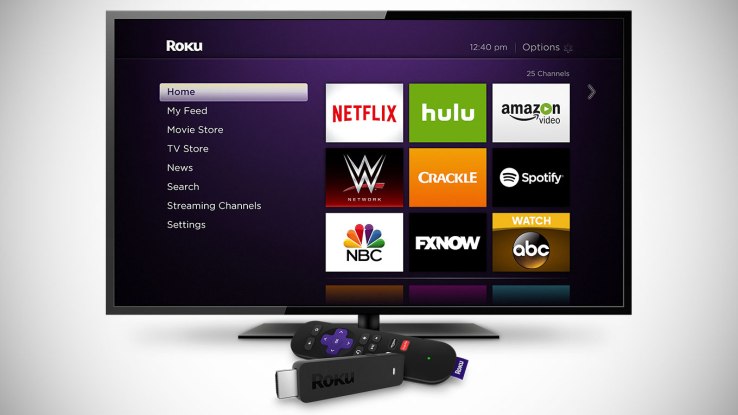
Alex Wilhelm is the editor-in-chief of Crunchbase News[1] and co-host of Equity[2], TechCrunch's venture capital-focused podcast.
In a pleasant Friday surprise, Roku dropped its S-1 document today[3], detailing its financial performance and corporate strategy.
The filing indicates that the company intends to raise $100 million in its debut. The figure is a widely-recognized placeholder number. The company could raise more or less in its IPO.
Follow Crunchbase News on Twitter & Facebook[4][5]
As a private company, Roku raised more than $200 million[6].
The firm, whose IPO was widely anticipated at a valuation around $1 billion[7], is set to test the market’s waters when indices trade near record highs, video reigns supreme in the media landscape, and some tech offerings have done well. Others have[8] struggled.
Before the weekend impends, let’s slice through how Roku makes money, how much money it makes, and what to make of it all.
How Roku Makes Money
Roku sells TV-focused streaming hardware to consumers, and it also works with content players to get their material in front of consumers. It also has an ad business. The latter two efforts fall under what Roku calls “platform revenue.”
The company’s mix of top-line sources is described in its S-1 in the following fashion:
We generate player revenue from the sale of streaming players and platform revenue primarily from advertising and subscription revenue share on our platform. We earn platform revenue as users engage with content on our platform and we intend to continue to grow platform revenue by monetizing our TV streaming platform.
Over...